Name Germano Celant | Spouse Paris Murray | |
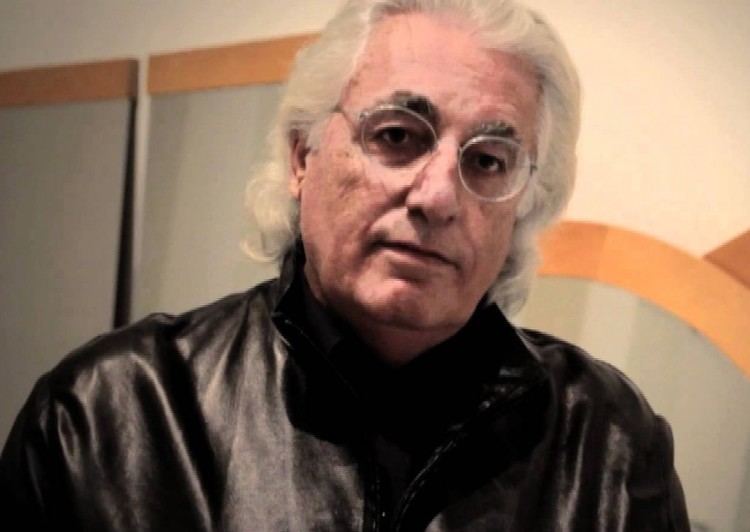 | ||
Books Book as Artwork 1960/1972, Frank O Gehry: Since 1997, Giuseppe Penone: the hidde, The American Tornado, Architecture & Arts 1900/2004 Similar People Pontus Hulten, Claes Oldenburg, Tim Guest, Marc Quinn, Thomas Krens Died 29 April 2020 | ||
Germano celant on when attitudes become form reel artists film festival 2014
Germano Celant (1940 in Genoa – 29 April 2020) was an Italian art historian, critic and curator who coined the term "Arte Povera" (poor art) in 1967 and wrote many articles and books on the subject.
Contents
- Germano celant on when attitudes become form reel artists film festival 2014
- Mmk talks mit subodh gupta und germano celant
- Work
- Private life
- Death
- References
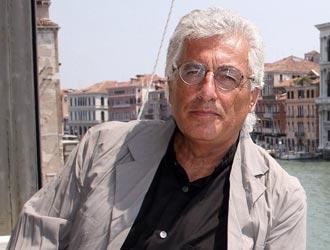
Mmk talks mit subodh gupta und germano celant
Work
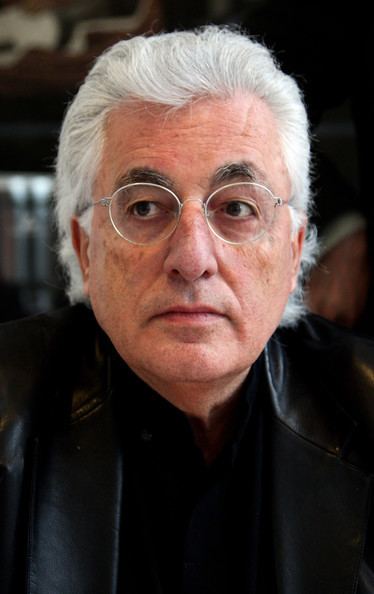
Germano Celant attended the University of Genoa, where he studied history of art with Eugenio Battisti. In 1963 he worked as assistant editor for Marcatrè, a Genoa-based magazine about architecture, art, design, music and literature founded by Rodolfo Vitone, Eugenio Battisti, Paolo Portoghesi, Diego Carpitella, Maurizio Calvesi, Umberto Eco, Vittorio Gelmetti and Edoardo Sanguineti. In 1967, his manifesto of Arte Povera, Notes for a Guerilla, was published in Flash Art. The concept of Arte Povera seemed to be that in Italy art was quite different from the America due to the different circumstances at the time. Italy was going through an industrial period but was not really making the pop art that coincided with the established economy as opposed to American artists like Warhol, Robert Rauschenberg, and other pop artists. The Italian artists were going for a humanism in their art and not for the coolness and calculated machine-made imagery of the pop artists.
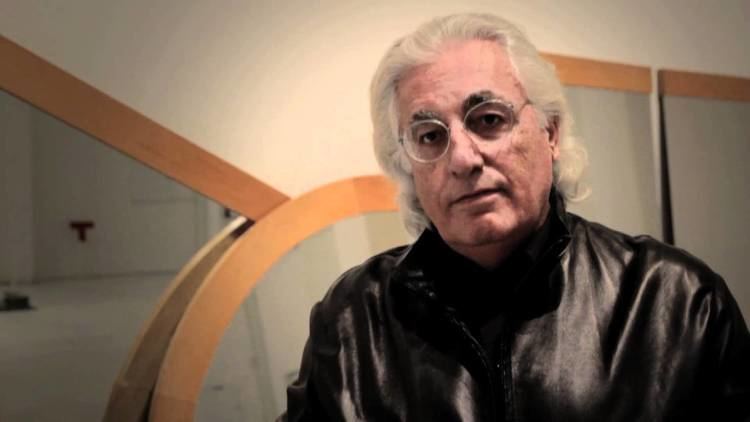
"Arte Povera" was essentially formed around two nucleus: one in Turin, with artists such as Michelangelo Pistoletto, Mario Merz, Marisa Merz, Giuseppe Penone, Giulio Paolini, Giovanni Anselmo, and Piero Gilardi; and one in Rome, with Alighiero Boetti, Jannis Kounellis and Pino Pascali. Celant went on to organize Arte Povera exhibitions at Galleria La Bertesca in Genoa (1967), Galleria De' Foscherari in Bologna (1968), and a three-day performance event called "Arte Povera & Azioni Povere at Amalfi" (1968).
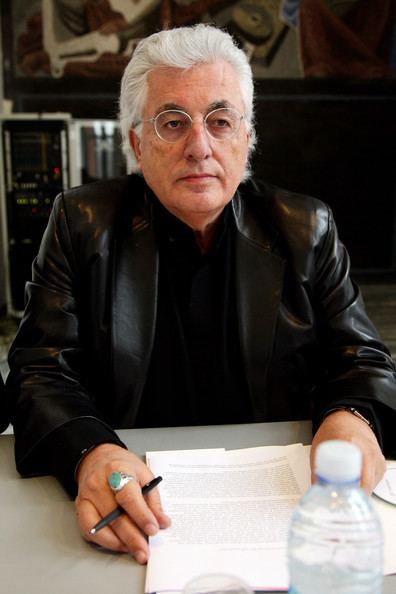
In 1974, Celant edited and curated the Catalogue Raisonné of Italian artist Piero Manzoni. He curated many exhibitions on Italian art, including "Identité italienne. L'art en Italie depuis 1959" (Centre Georges Pompidou, Paris, 1981), "Italian art, 1900-1945" (Palazzo Grassi, Venice, 1989; with Pontus Hultén), and "Italian Metamorphosis 1943-1968" (Guggenheim Museum, New York, 1994). In 1997, he was the director of the Venice Biennale and in 2004, he curated the exhibition "Art and Architecture" in Genoa when the city was nominated European Capital of Culture. Since 1977, he has been a contributing editor to Artforum and since 1991 he has been a contributing editor to Interview.
In 1988, Celant was appointed Senior Curator of Contemporary Art at the Solomon R. Guggenheim Museum in New York City.
Since 1993, Celant has been serving as Artistic Director of the Prada Foundation in Milan, which begun as PradaMilanoarte that year. Under his leadership, the foundation has over the years presented shows of Walter de Maria, Louise Bourgeois, Anish Kapoor, David Smith, Michael Heizer, Sam Taylor-Wood, and Steve McQueen, among others, in Milan and Venice. In conjunction with the Venice Biennale 2009, Celant organized the second major survey of John Wesley, at the boarding-school buildings on the island of San Giorgio Maggiore, Venice. His 2012 show "The Small Utopia. Ars Multiplicata" at Ca' Corner della Regina, Venice, tackled the issue of art in the age of mechanical reproduction and how artists from Marcel Duchamp to Andy Warhol have used multiplication of various sorts. It contained over 600 items, produced between 1900 and 1975, and included design, ceramics, glassware, textiles, film, magazines, books, and sound recordings.
Celant continues to curate exhibitions at other venues. In collaboration with the Fondazione Lucio Fontana, he mounted the 2012 survey “Lucio Fontana: Ambienti Spaziali” at Gagosian Gallery, New York.
Private life
Celant is married to fellow curator Paris Murray. In 2006, the couple purchased a Milan paper factory building converted by the architect Pierluigi Cerri into a 10,000-square-foot house.
